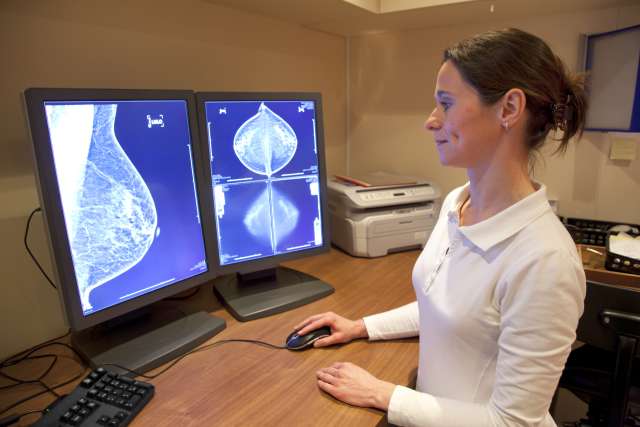It’s been called the silent epidemic. Four million people worldwide are infected with chronic Hepatitis B (HBV) and in the United States over two million people have been diagnosed with the disease. The viral infection is associated with chronic liver disease, cirrhosis and liver cancer.
Among Asian Americans, liver cancer is eight times as common as it is among U.S. non-Hispanic Whites, and the vast majority—80 percent—of these cancers among Asians are caused by chronic HBV infection. Current guidelines recommend hepatitis B serologic testing, which is a first step towards curbing the epidemic of HBV and liver cancer. The Los Angeles area is home to the largest Korean population outside of Korea. Over three-quarters of adults in this group are Korean born, placing them at increased risk of HBV and liver cancer.
UCLA researchers Dr. Roshani Bastani and her colleagues Drs. Beth A. Glenn, Annette E. Maxwell and Catherine M. Crespi, all UCLA Jonsson Comprehensive Cancer Center members, developed and delivered an intervention program to improve rates of serologic testing to detect HBV infection among Korean Americans. Because a high proportion of Korean Americans regularly attend church, the intervention was delivered through local churches. In total, 1,123 Korean Americans 18 to 64 years of age, from 52 churches in Los Angeles County, participated in the study.
To rigorously assess the effectiveness of the program in influencing uptake of HBV testing, churches were randomly assigned to either the intervention or control group. The intervention churches discussed liver cancer and the importance of HBV testing. The control churches focused on nutrition and physical activity.
The UCLA research team found that the intervention churches successfully increased HBV testing compared to the control churches, demonstrating that this type of program can be successfully executed in a community setting. And, it can increase the number of individuals willing to undergo the HBV test. Future work will examine strategies to further improve testing rates.
The complete study is in Cancer Epidemiology, Biomarkers and Prevention.







